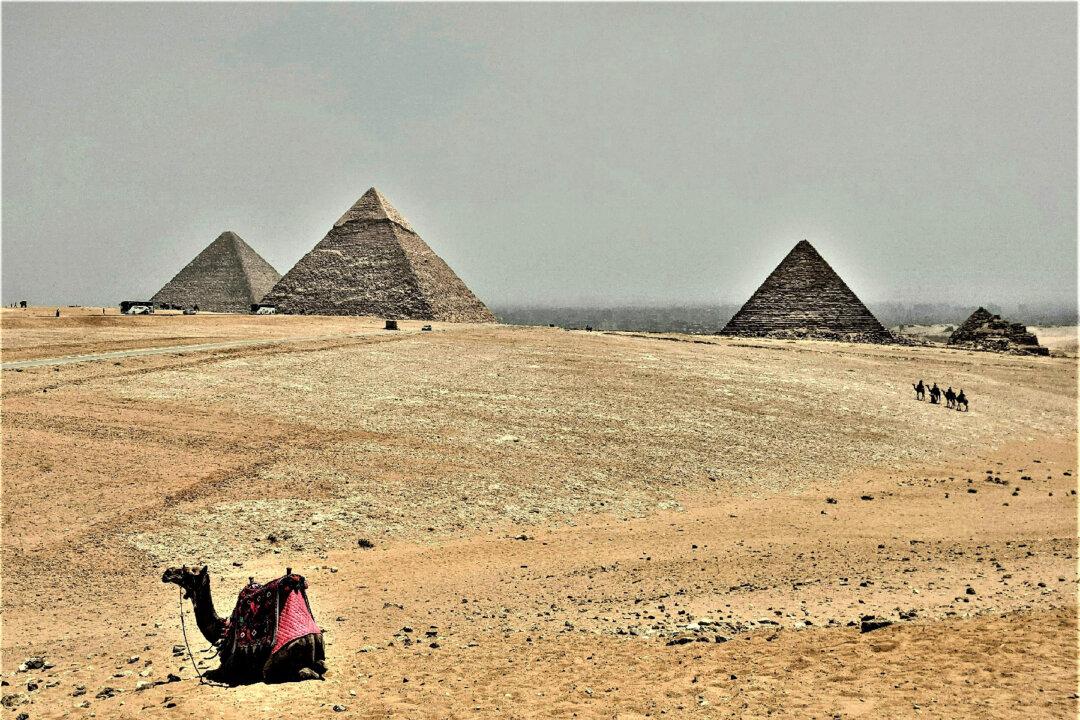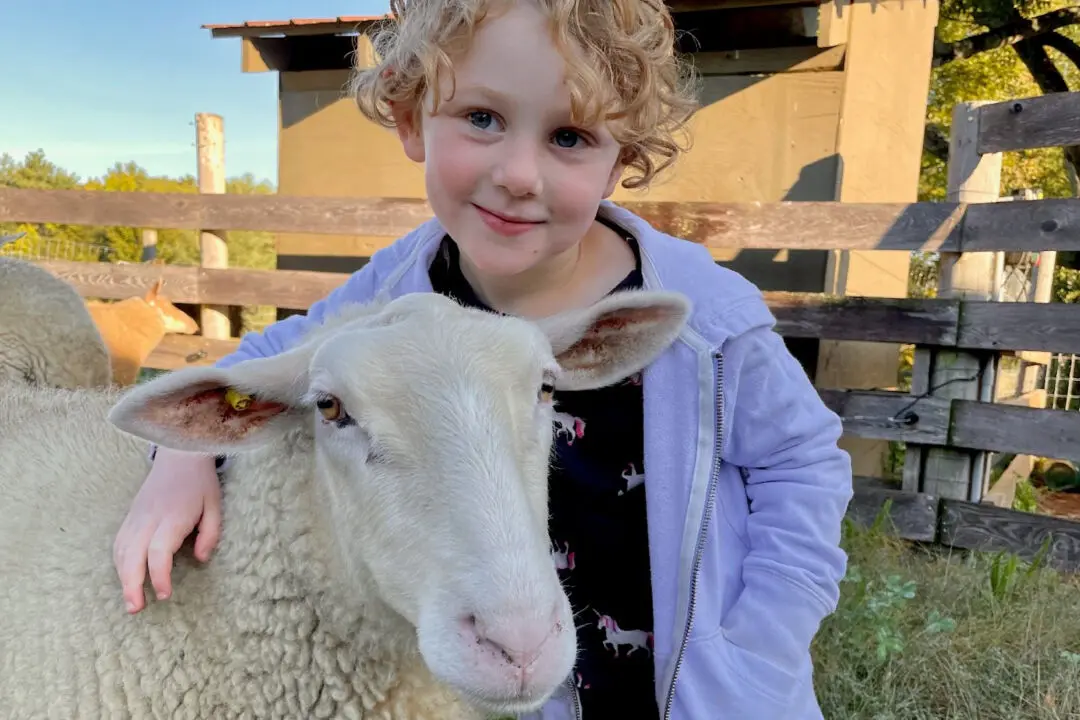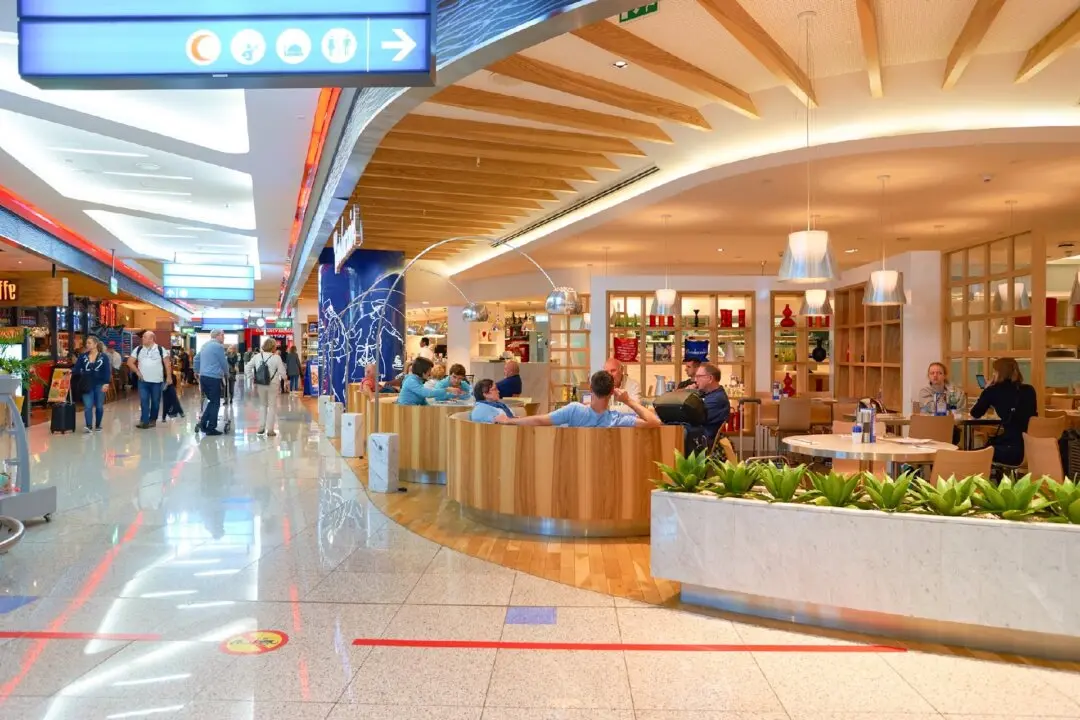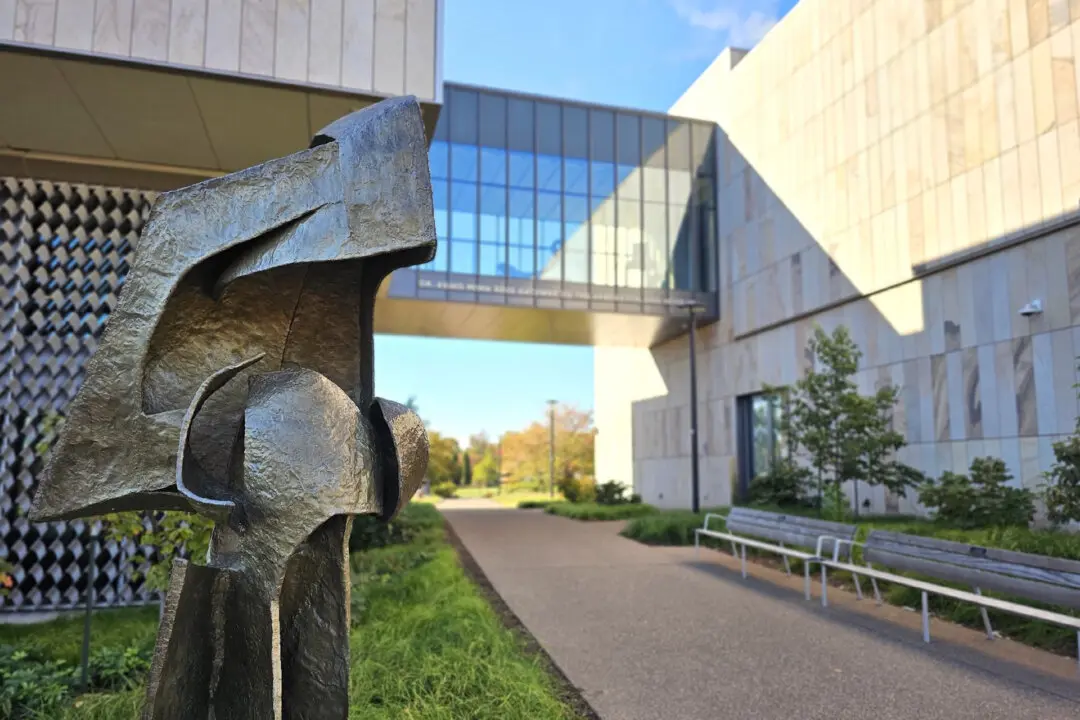Egypt is a land of pyramids and pharaohs, a rich millennia-long history and present-day life with one foot planted firmly in the past. In ancient times, Greek and Roman explorers went there to gawk at the magnificent man-made monuments. Later, Napoleon showed up and looted treasured artifacts that were transported back to France.
Today visitors are drawn to Egypt to ooh and ah at the towering pyramids, the enigmatic Sphinx and the splendid temples that were built to honor pharaohs and other high officials. Those who take time to meet and mingle with the local people and delve into their rich and varied culture, however, add other dimensions to their experience.





